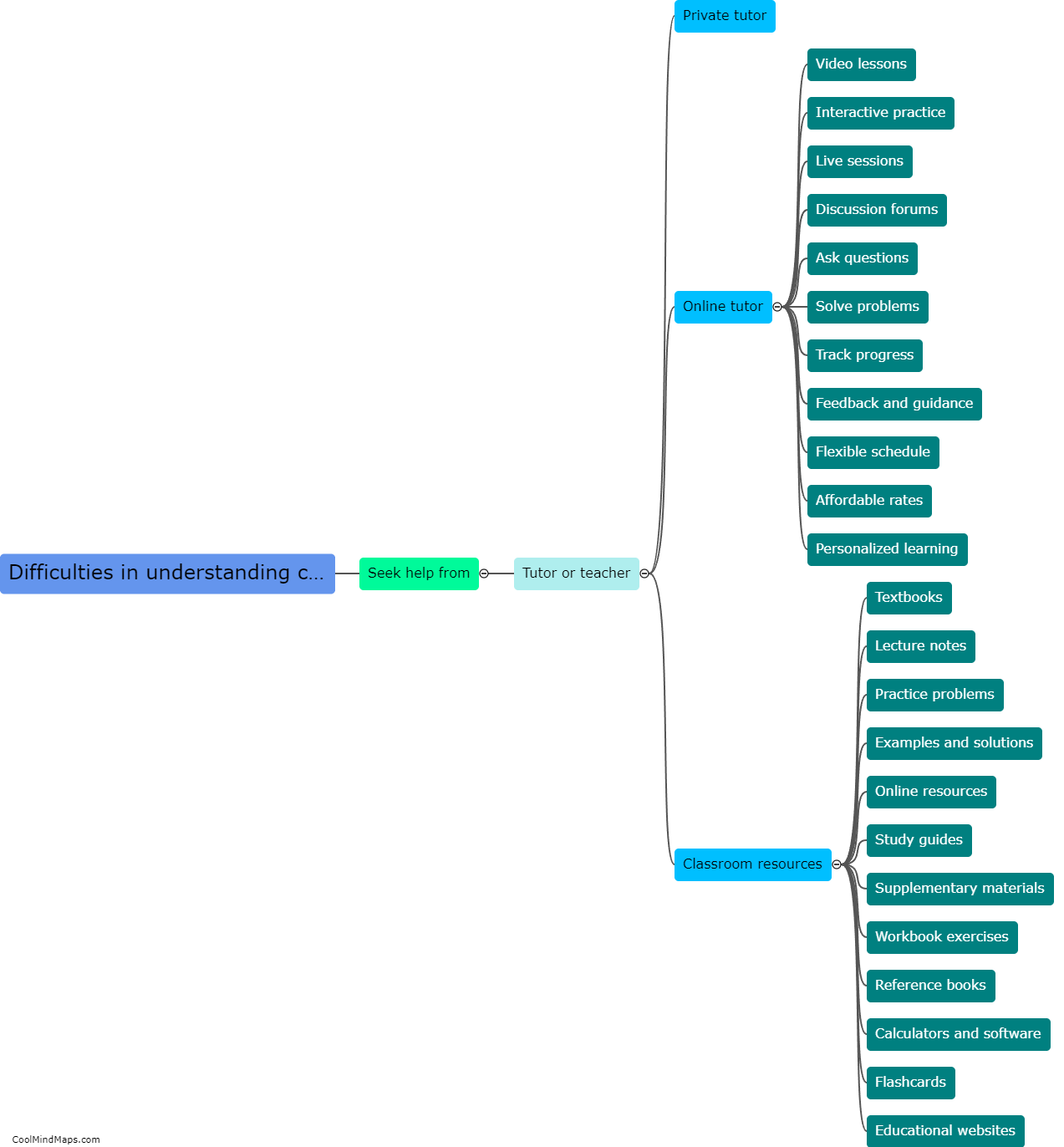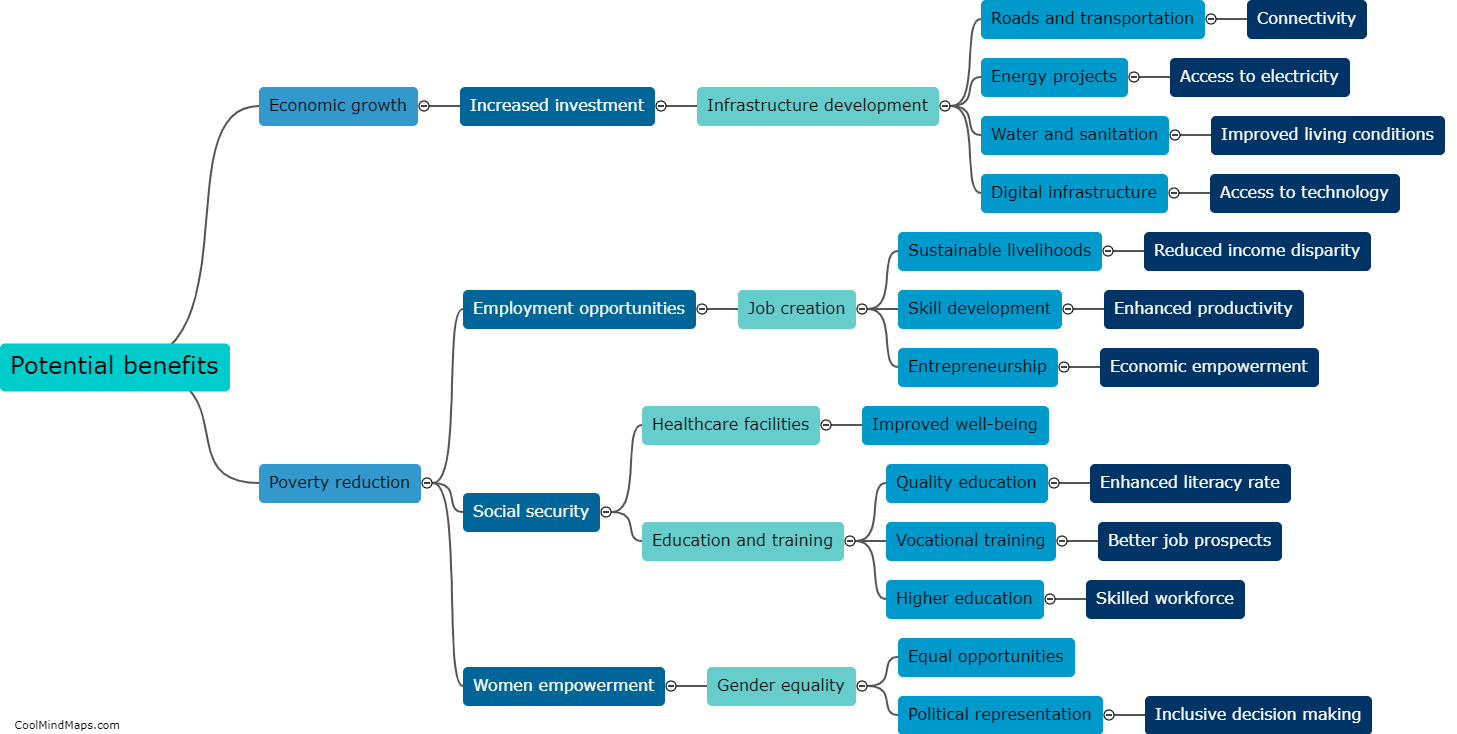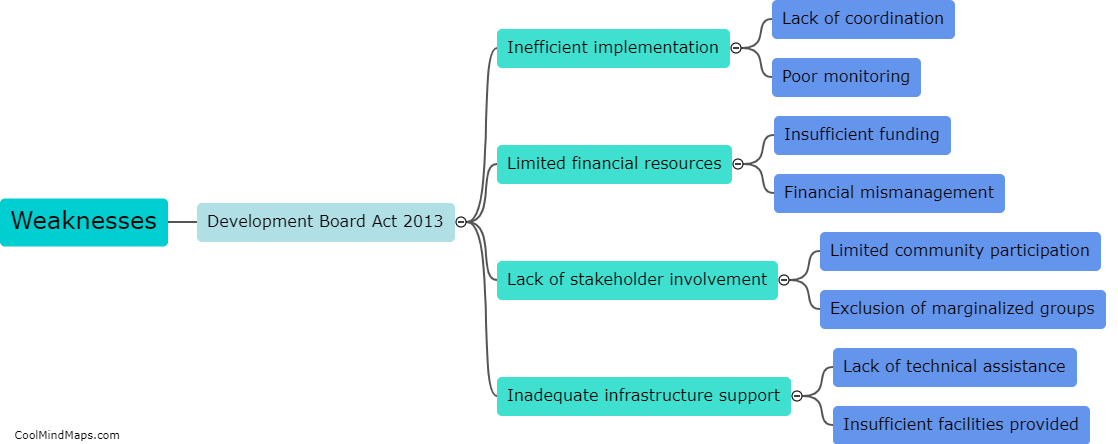What are the limitations of the Development Board Act 2013?
The Development Board Act 2013 is aimed at promoting development in various sectors within a specific region, typically in developing countries. However, the act has certain limitations that can hinder its effectiveness. Firstly, the act lacks clarity in terms of defining the roles and responsibilities of the development boards, leading to confusion and overlapping mandates. Secondly, there is a lack of checks and balances in the act, which can result in potential misuse of funds allocated for development projects. Additionally, the act may not adequately address the issue of corruption, which could undermine the intended outcomes of the development projects. Lastly, the act often relies on external sources of funding, presenting challenges in sustaining development efforts in the long term. Overall, while the Development Board Act 2013 aims to drive development, addressing these limitations is crucial to ensure its effectiveness and desired impact on the targeted regions.

This mind map was published on 26 November 2023 and has been viewed 87 times.











